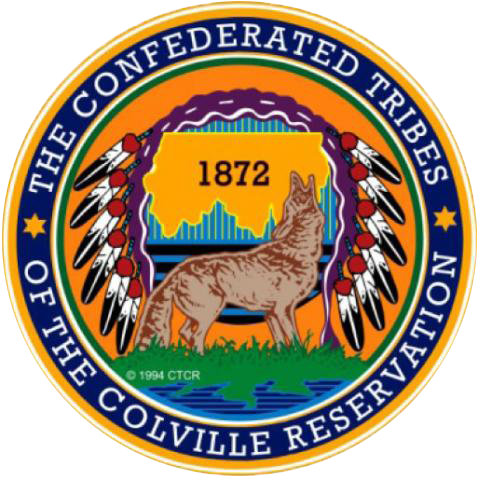SRP: Optimal Energy & Resource Management Solutions for Native American Tribes
Highlighted Projects
-

Tule River
Under a grant from the California Strategic Growth Council, SRP prepared a major resilient reservation plan proposing energy, water, transportation, security, and public health solutions, preserving tribal sovereignty and promoting economic vitality.
-

Smart Campus
With DOE funding, SRP staff helped develop one of the Nation’s first complete microgrid to add resilience and energy security to the IIT campus and the surrounding community.
-

Osage Hydrogen
This Project builds on the Division of Energy and Minerals Development’s (DEMD’s) recent comprehensive study conducted for the Osage Tribe entitled “Potential Development of Hydrogen Production, Storage, Transportation, and Usage” developed a roadmap to use the tribe’s natural gas reserves, renewable energy, and water resources to participate in the supply chain of the emerging hydrogen economy. The Oklahoma Hydrogen Task force estimates that a new hydrogen market would generate over $3 billion in investment and $4 billion in annual operations in Oklahoma alone, adding over 4,000 new jobs and $400 million in payroll.
-

The Green Tejon Partnership
The Tejon Indian Tribe has partnered with Sovereign Resiliency Partners to collaboratively envision the "Green Tejon Community Partnership" ("GTCP"), a "Renewable Energy Community Partnership." The GTCP operationalizes the spirit and intent of the USDA Rural Energy Pilot Program by expending federal funds to plan and install renewable energy technologies, energy efficiency and weatherization upgrades to the Tejon Tribal Government Center that lower energy costs and add resilience to the Tribe’s trust lands.
-

Osage Mineral Study
With funding from the Bureau of Indian energy, SRP evaluated the economic value of construction aggregate assets on the 1.5-million-acre Osage Reservation to determine the viability for the Nation to develop and own a construction aggregates business and expand its sovereignty over its mineral assets.
-

Colville
The Colville Improved Forest Management Project had received 11,559,462 offsets from the California Air Resources Board. The Tribe has already entered a contract to sell these carbon offsets over a five-year period, creating a steady income stream for the Tribe. The Colville IFM Project is designed to preserve existing carbon levels on nearly half a million acres of forest in Washington state. The project will also support sustainable future management of the forest and create economic opportunities for the tribe.
